Coolant Flange
10 products
Showing 1 - 10 of 10 products
Understanding the Importance and Function of Coolant Flanges in Your Car
In modern vehicles, the cooling system plays a vital role in maintaining the engine's temperature at optimal levels during operation. The coolant flange, a critical component of this system, is often overlooked but plays a significant role in ensuring the engine's reliability and efficiency. In this article, we will explore the coolant flange's purpose, function, common issues, and maintenance to help car owners better understand its importance and ensure the longevity of their vehicles.What is a Coolant Flange?
A coolant flange, also known as a coolant pipe or thermostat housing, is a component found in the engine's cooling system of many vehicles. It is usually made of metal or plastic and connects various cooling system elements together. The coolant flange serves as a junction point for coolant flow and houses the thermostat, which regulates the engine's operating temperature.Function of the Coolant Flange
The primary function of the coolant flange is to facilitate the circulation of coolant between the engine and the radiator, allowing the engine to maintain its optimal operating temperature. When the engine is cold, the thermostat within the coolant flange remains closed, preventing coolant flow to the radiator. This forces the engine to warm up quickly. As the engine reaches its operating temperature, the thermostat opens, enabling the coolant to flow through the radiator to cool down before recirculating back to the engine.Common Issues with Coolant Flanges
Coolant Leaks: Coolant flanges can develop cracks or become damaged over time due to exposure to high temperatures and constant pressure. When this happens, coolant leaks may occur, leading to engine overheating and potential damage.Thermostat Failure: The thermostat housed within the coolant flange can also malfunction, causing it to remain stuck in either the open or closed position. An improperly functioning thermostat can result in poor engine performance and reduced fuel efficiency.
Corrosion: Coolant flanges made of metal are susceptible to corrosion, especially if the coolant has not been changed regularly. Corrosion can lead to blockages and restrict coolant flow, causing overheating and potential engine damage.
Maintenance and Replacement
To ensure your car's cooling system remains in optimal condition, regular maintenance is essential. Here are some tips for maintaining the coolant flange:Coolant Flush: Follow the manufacturer's recommended coolant change intervals to prevent coolant breakdown and corrosion.
Visual Inspection: Periodically inspect the coolant flange for signs of leaks, cracks, or corrosion. Address any issues promptly to prevent further damage.
Thermostat Check: If you notice any irregular engine temperature fluctuations or poor performance, have the thermostat and coolant flange checked by a professional mechanic.
Professional Servicing: When replacing the coolant or conducting major maintenance on the cooling system, it's best to consult a qualified mechanic to ensure proper installation and system functionality.
The coolant flange may be a relatively small component, but it plays a crucial role in maintaining the engine's optimal temperature and ensuring the overall health of your car. Regular maintenance and prompt attention to coolant flange issues can help prevent costly repairs and extend the lifespan of your vehicle. Remember, a well-maintained cooling system not only enhances engine performance but also contributes to a safer and more efficient driving experience.
Showing 1 - 10 of 10 products
Display
View
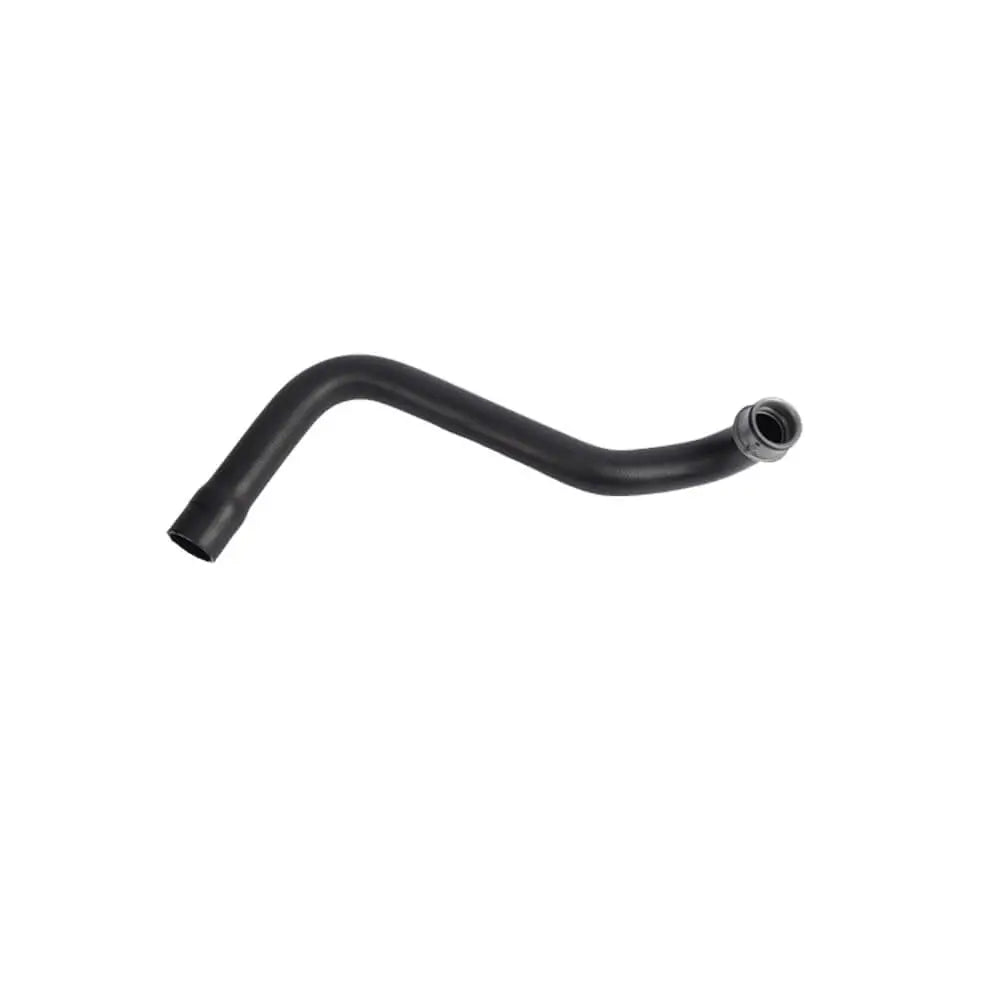
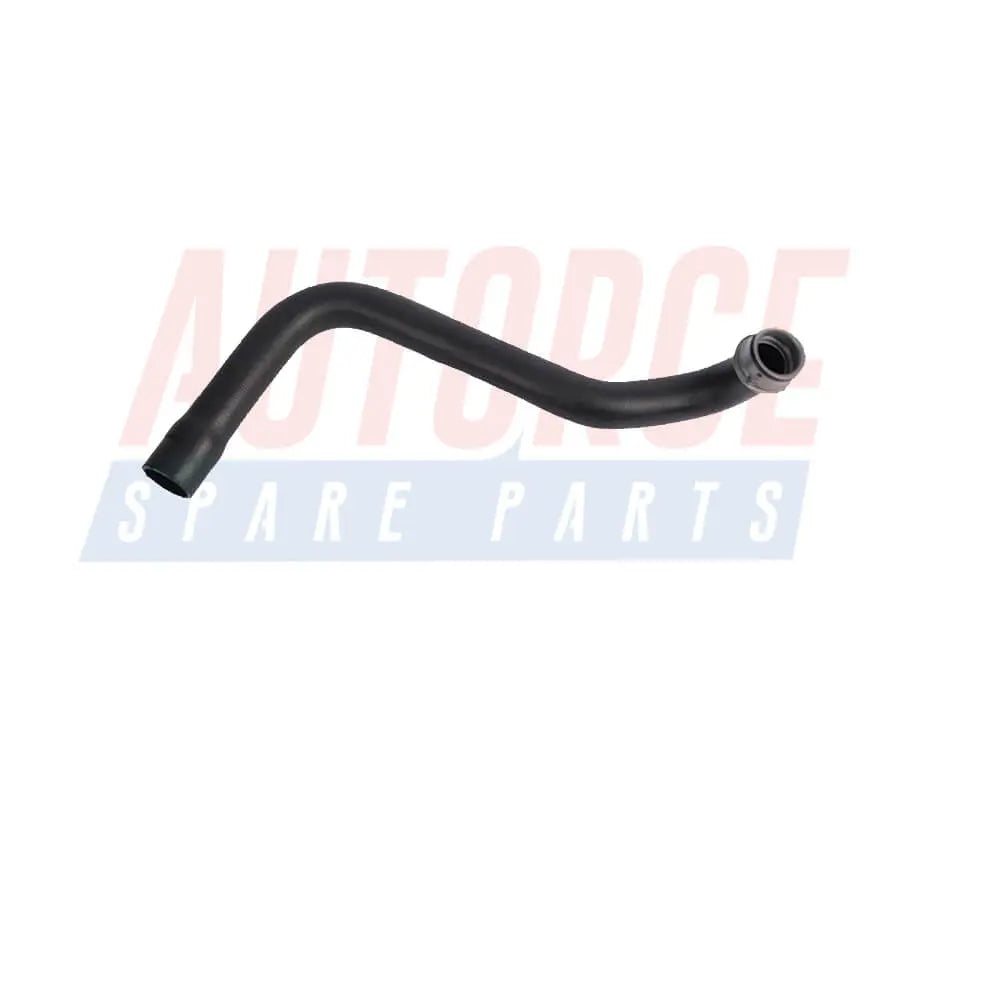
Radiator Lower Hose Pipe For VW Crafter 2.5 TDI (2006 - 2013) 2E0122051
In stock, 20 units
Sale price£16.90
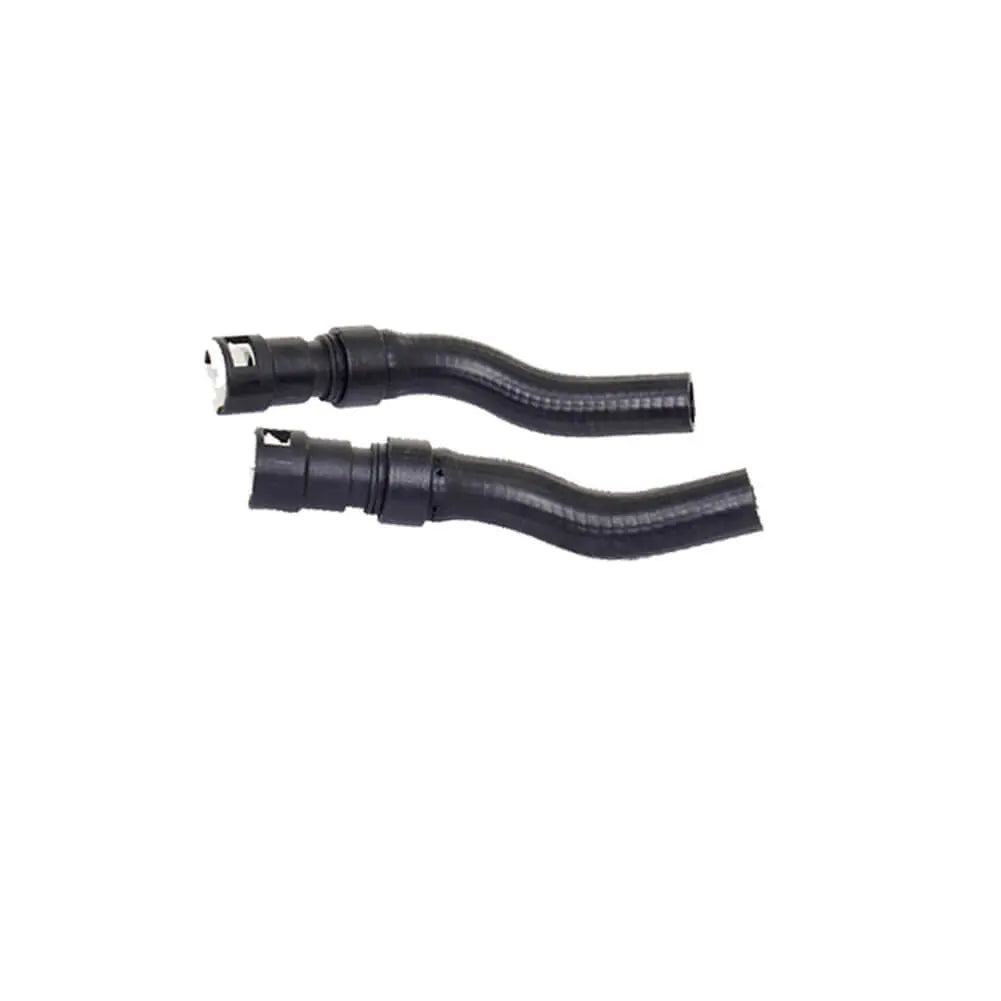

Radiator Heater Hose Pipe For Ford Transit (2000 - 2006) 2C1118D489AA, 4376089, 1C1H18D489BB, 4453295
In stock, 50 units
Sale price£23.90
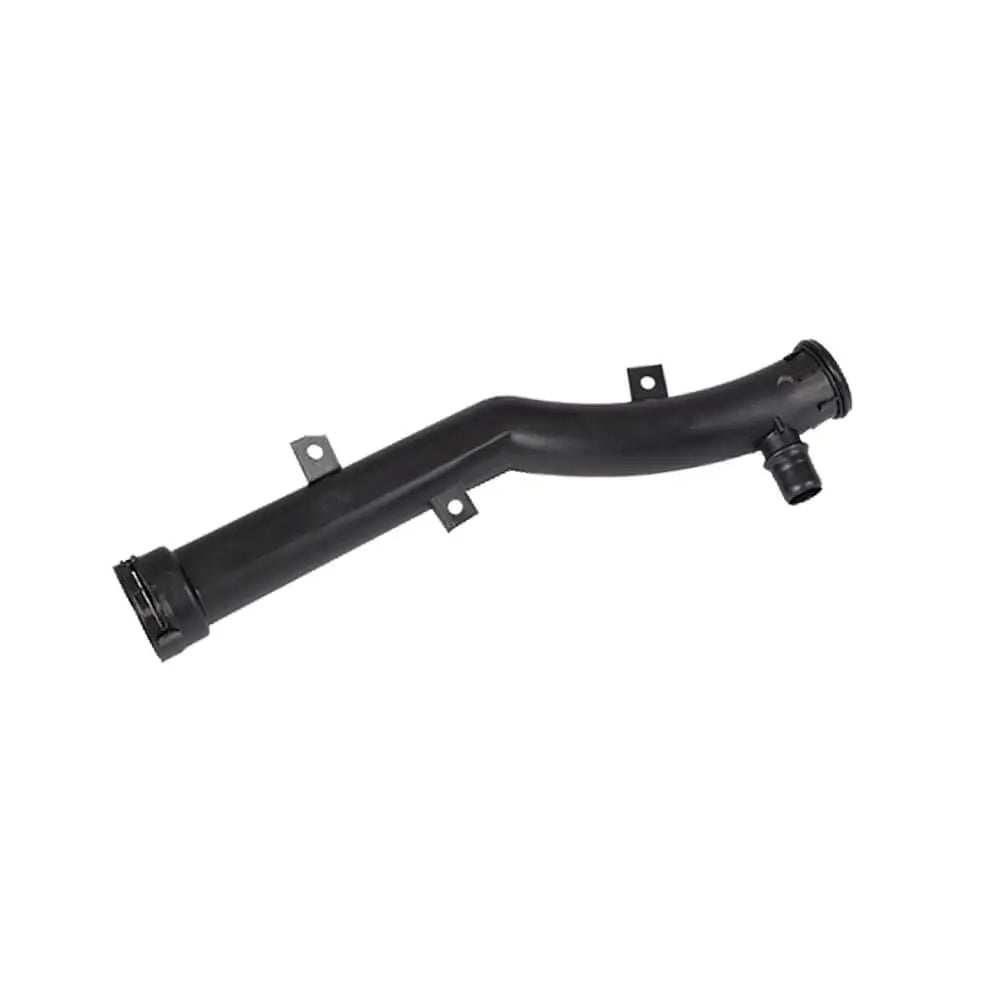

Coolant Water Hose Pipe For Peugeot 2008 207 3008 308 5008 508 Partner Rcz - 1351.VF, 1351.NE, 3648754
In stock, 50 units
Sale price£9.90
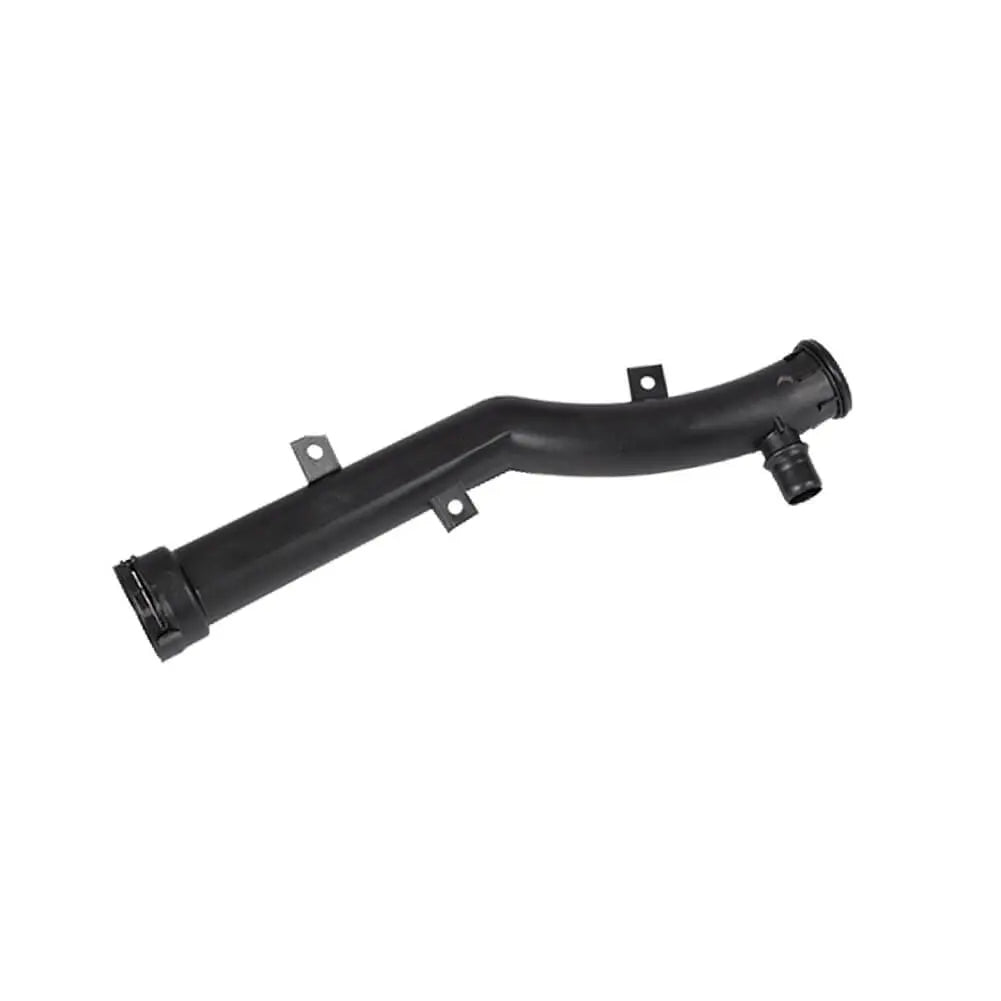

Coolant Water Hose Pipe For DS3 DS4 DS5 DS7 (2015 - 2018) 1351.VF, 1351.NE, 3648754
In stock, 50 units
Sale price£9.90


Coolant Water Hose For Citroen Berlingo C3 C3 Picasso C4 I Grand Picasso C4 I C5 III DS3 DS4 DS5 - 1351.VF, 1351.NE
In stock, 50 units
Sale price£9.90

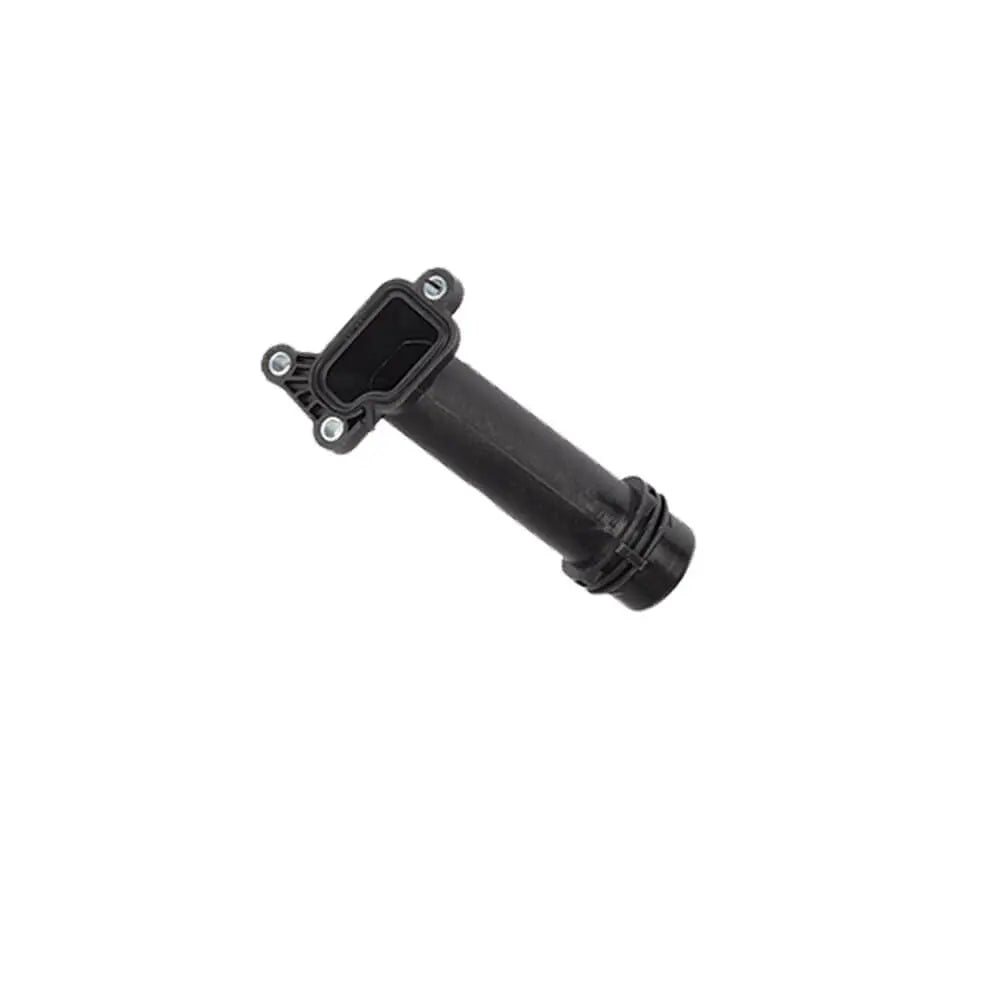
Coolant Flange Hose Pipe For Mini R55 R57 R60 R58 R56 R61 R59 (2010 - 2016) 11127810707
In stock, 50 units
Sale price£14.90
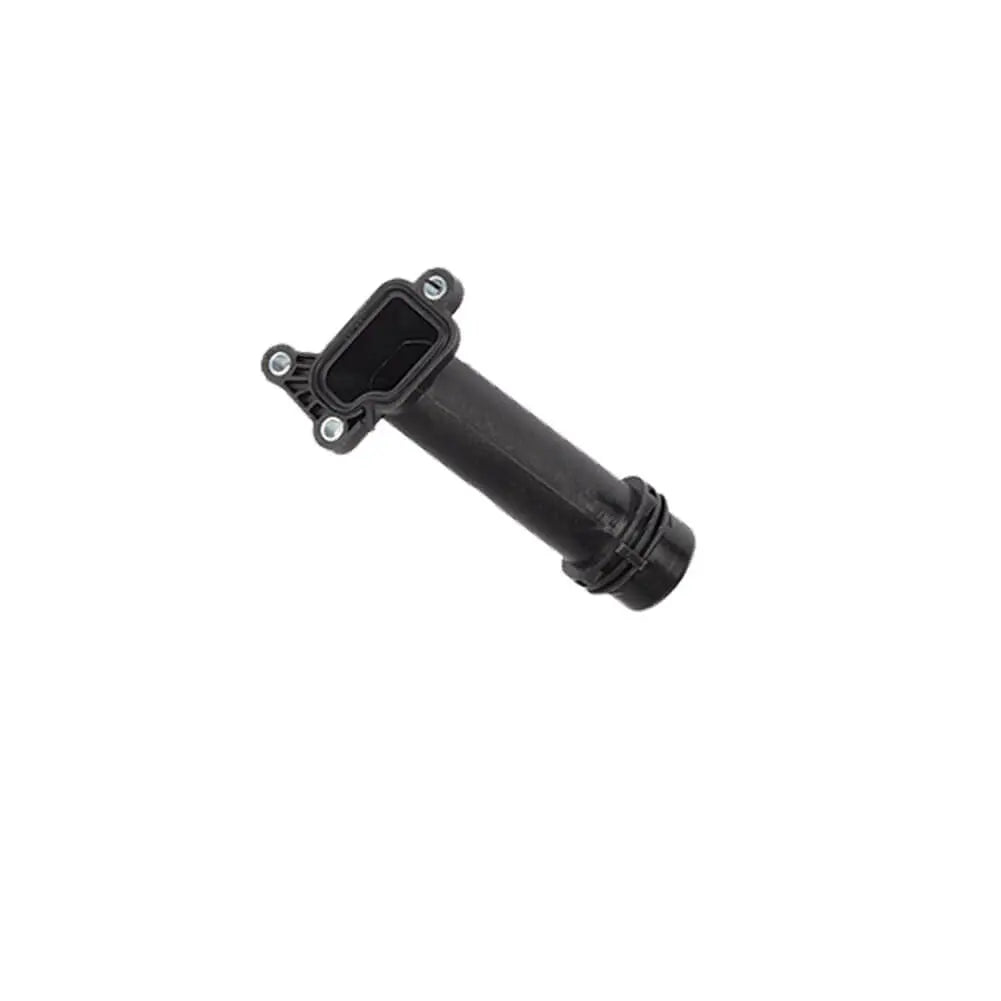

Coolant Flange Hose Pipe For BMW 7 X1 X2 X3 X5 X6 M550 (2009 - Onwards) 11127810707
In stock, 50 units
Sale price£12.90
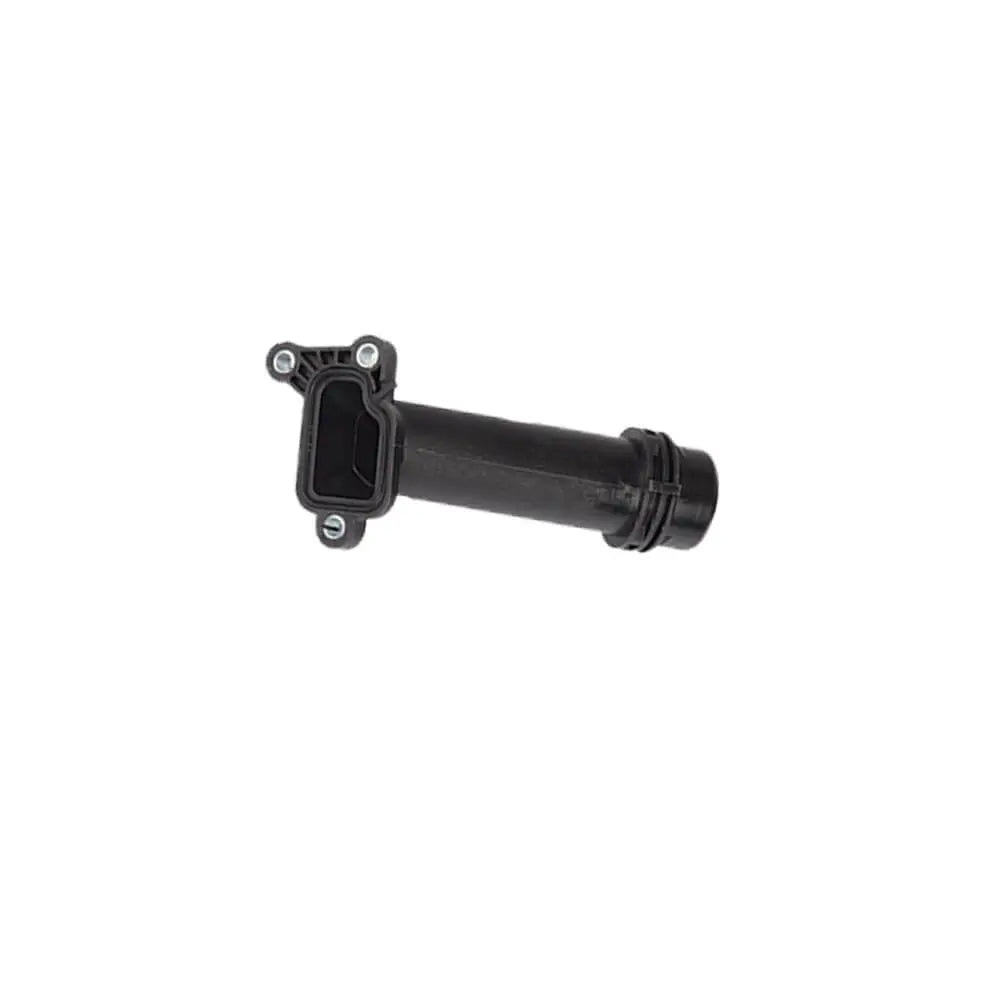
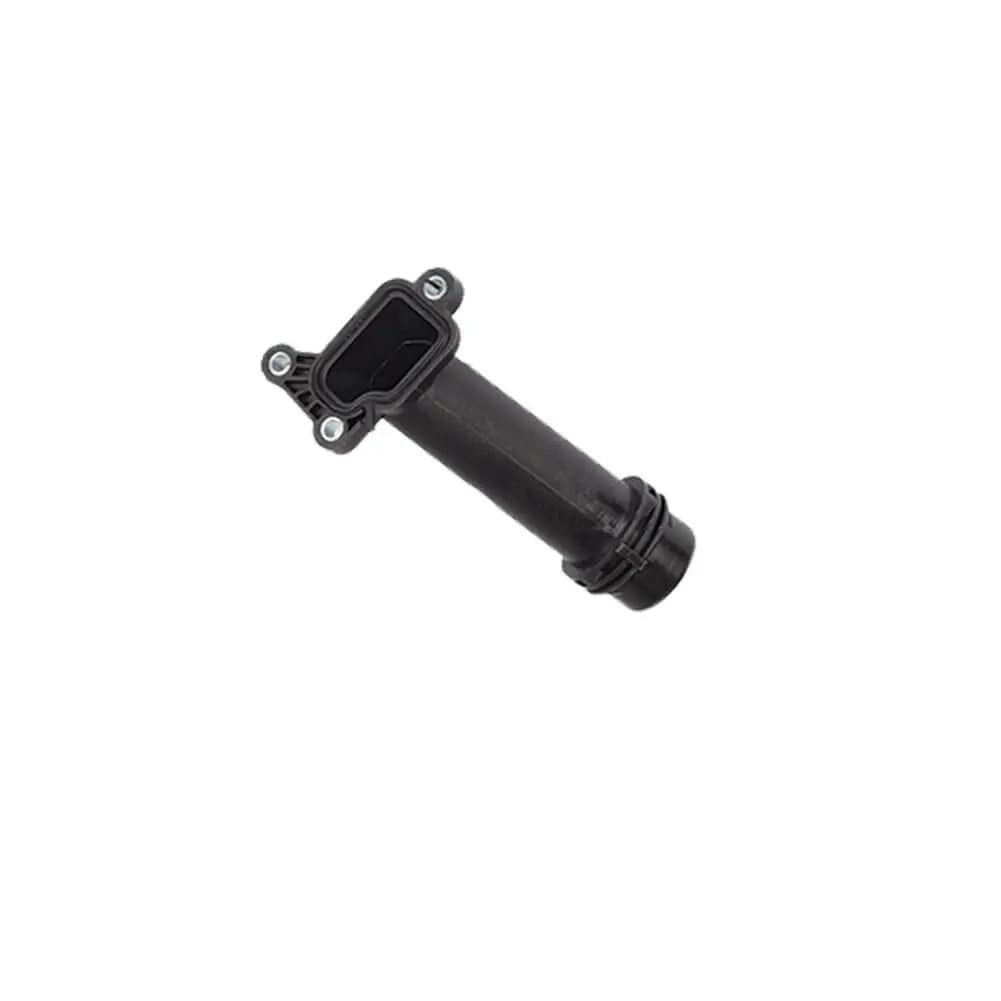
Coolant Flange Hose Pipe For BMW 1 2 3 4 5 6 Series (2009 - Onwards) 11127810707
In stock, 50 units
Sale price£12.90
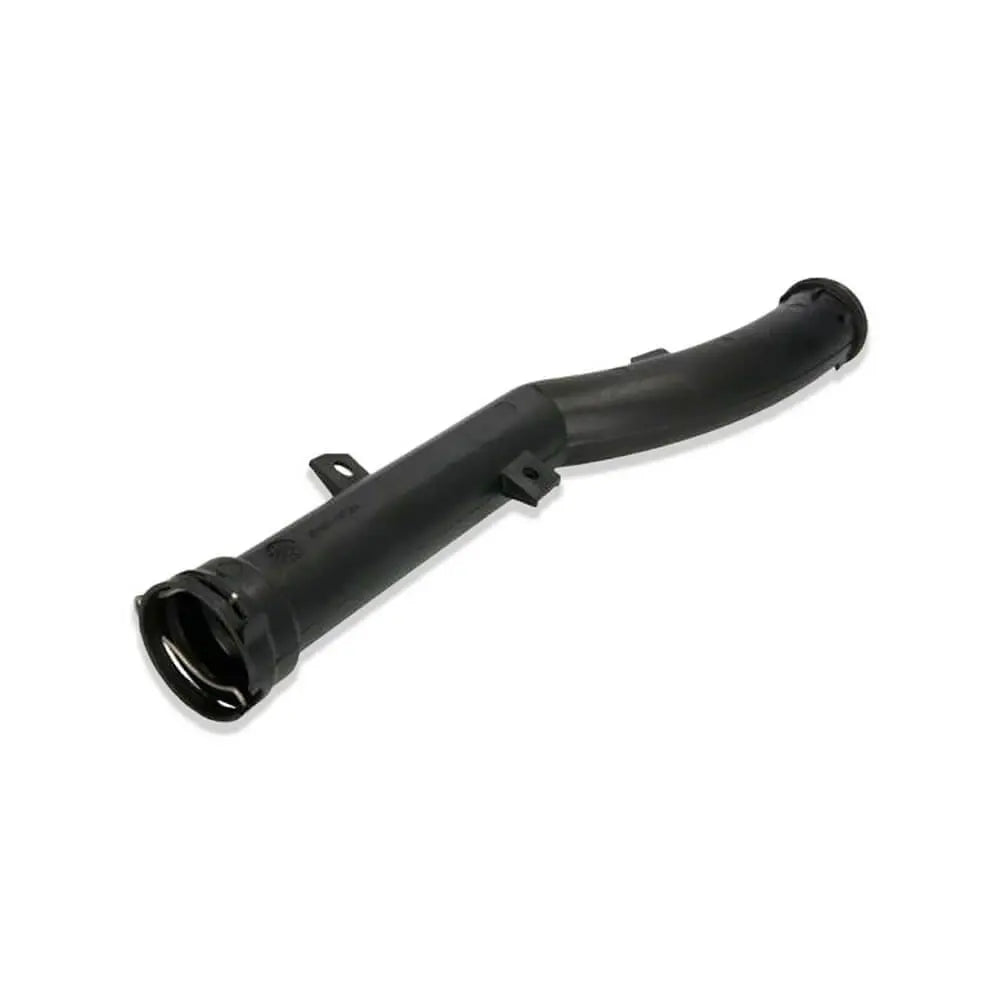
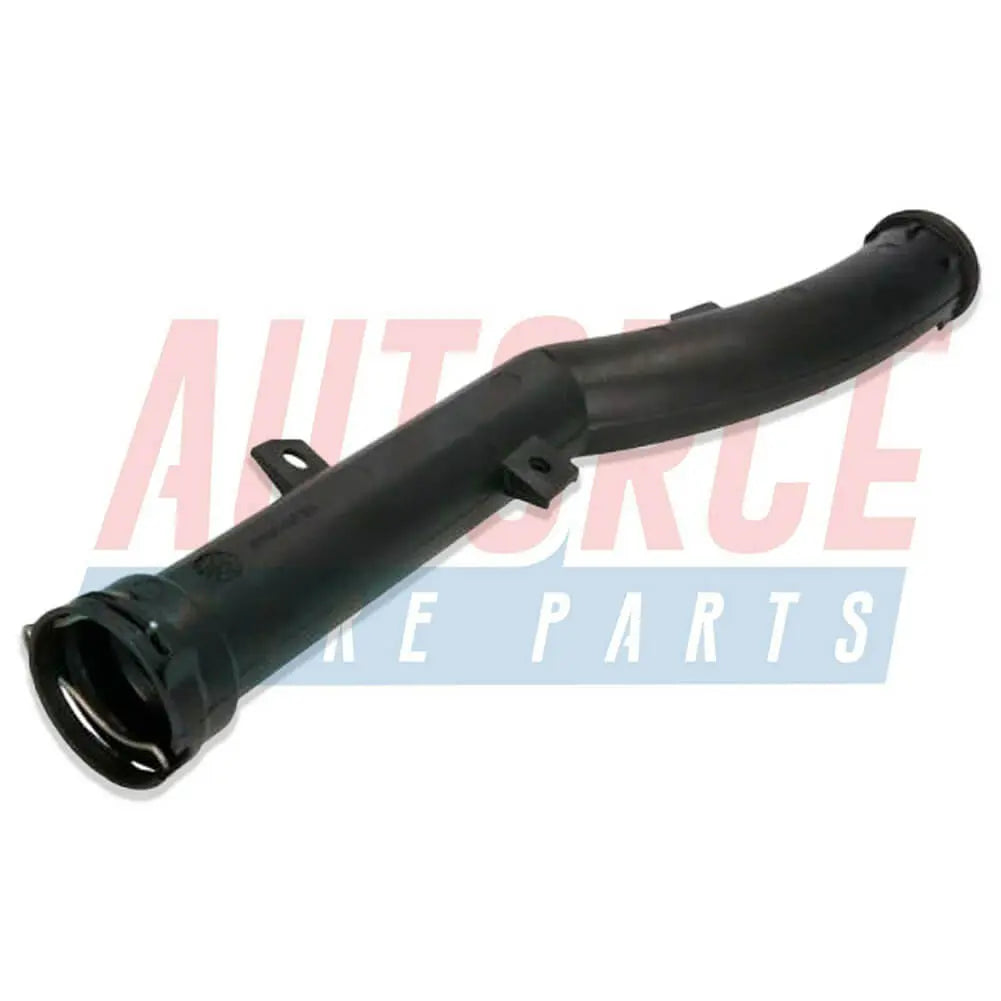
Coolant Water Hose Pipe For Mini R55, R56, R57, R58, R59, R60, R61 1.4, 1.6 (2006 - 2016) - 11537589713, 11537541845
In stock, 50 units
Sale price£12.90
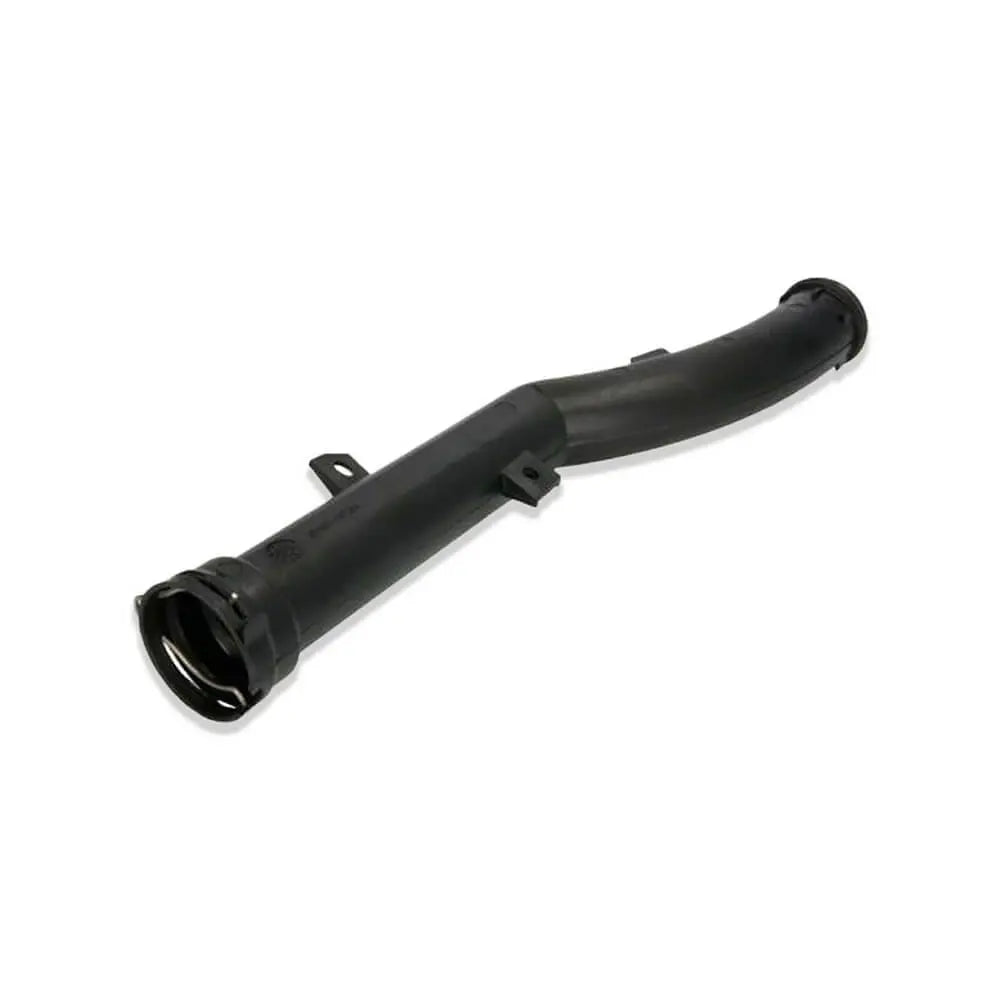
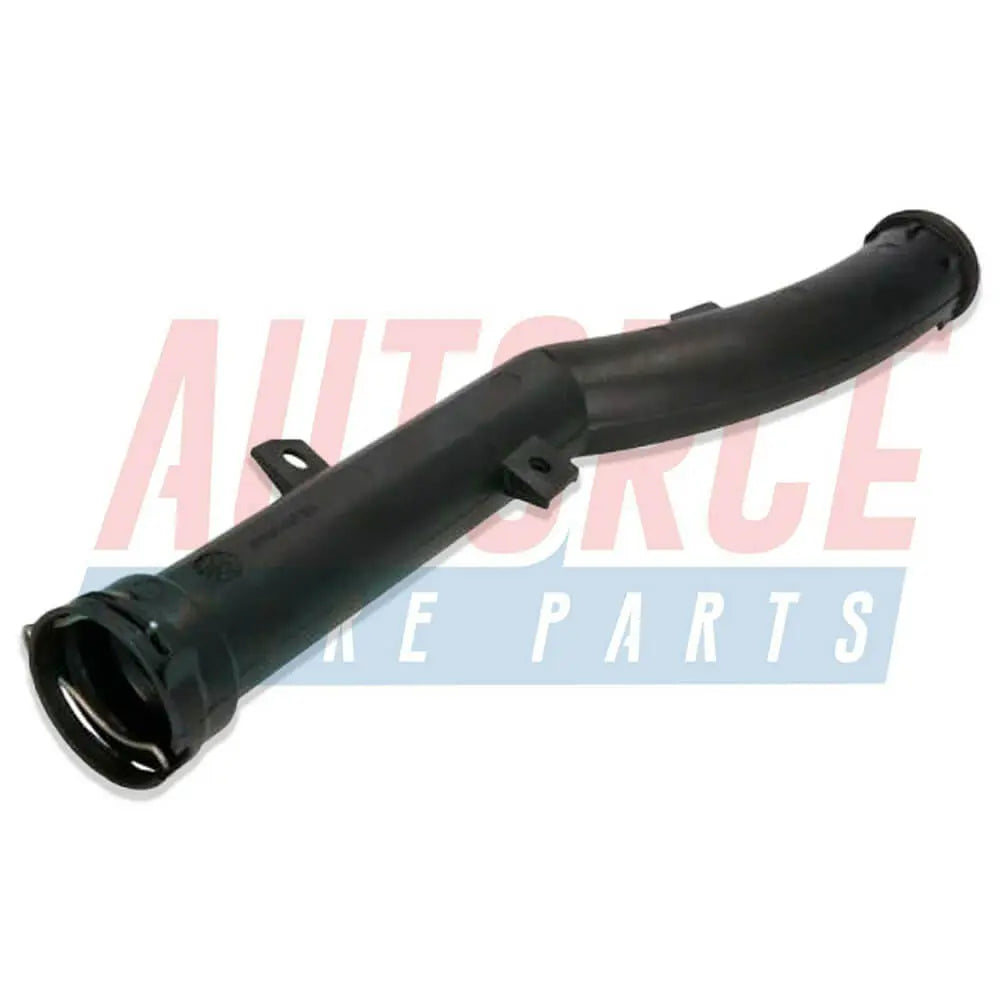
Coolant Water Hose Pipe For Mini Clubman, Hatchback, Convertible, Countryman, Coupe, Roadster, Paceman - 11537589713, 11537541845
In stock, 50 units
Sale price£12.90
Filters (0)
